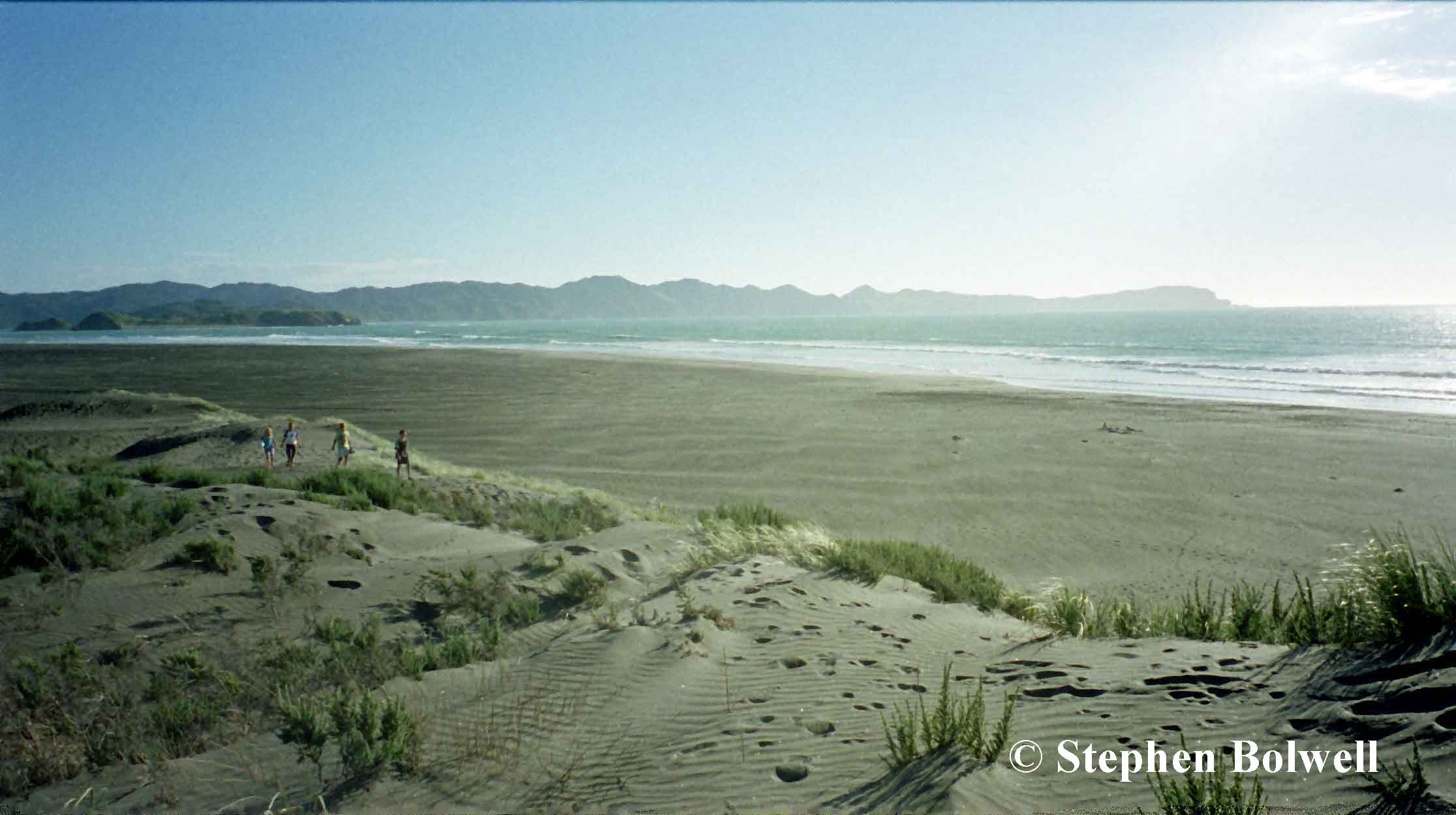
We recently said goodbye to our New Zealand House as another family moved in to what had been our home for eight years.
I guess most of us like to think that our properties are special, but this one really is – there is a conservation area that didn’t exist before we arrived – an unusual situation when a new house goes up, because most people bring in pets and refine their gardens, which more often than not, drives wildlife out. I had hoped to do exactly the opposite and bring back native species by restoring an alien environment into something altogether more natural… I mean how difficult could that be?
We arrived from England in 2002 to discover that New Zealand wasn’t the paradise we had expected – most of the great old primary forests had been cleared in lowland areas and replaced by agriculture – more than half the country has been given over to farmland, and three quarters of that is now pasture – an environment totally unsuited to the native birds, but ideal for the many pests introduced by man, that have either eaten or driven much of the native wildlife out.
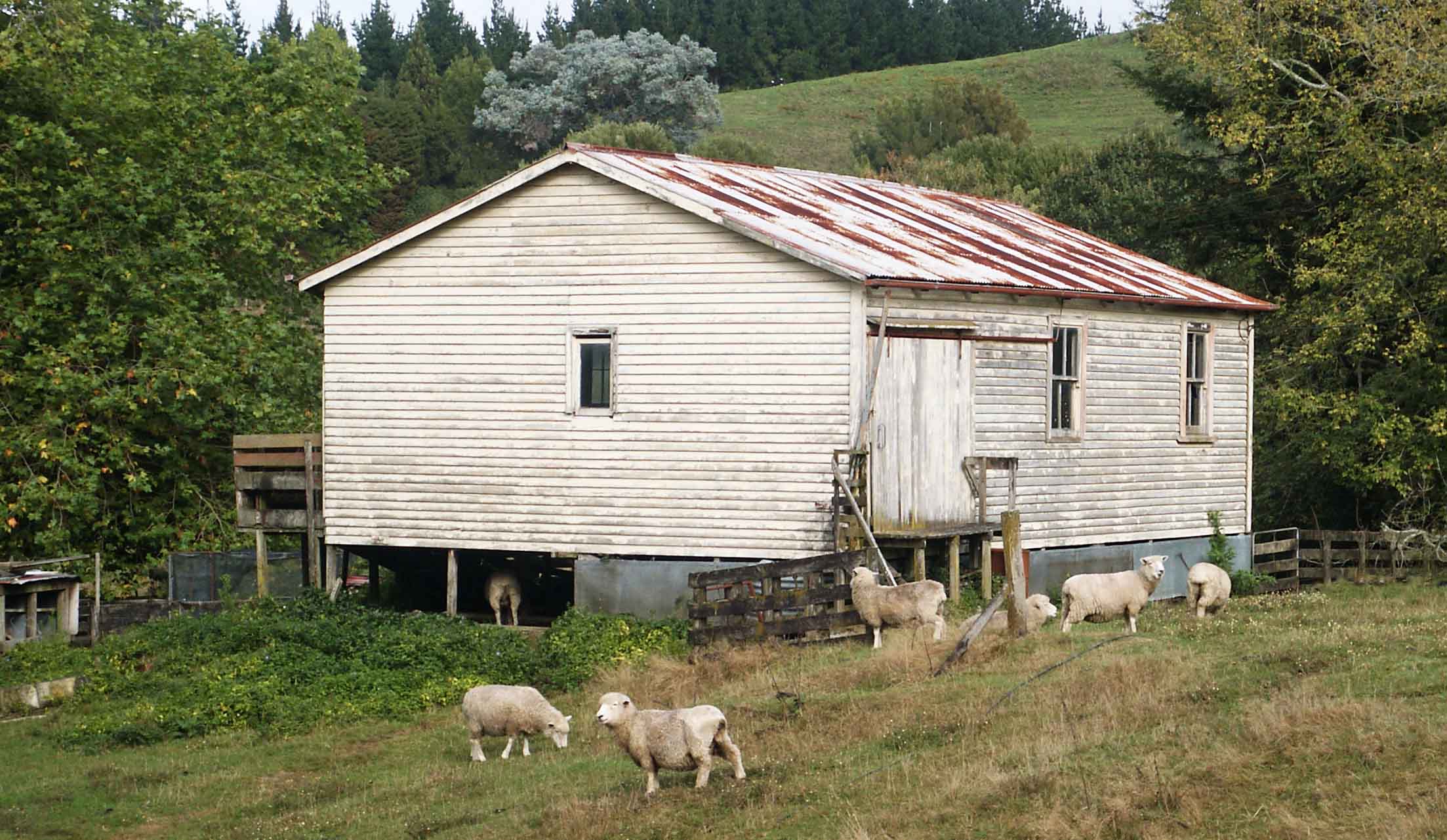
Ingrained ideas that New Zealand works best as just another version of ‘the old country’ have become uncomfortable, but things are beginning to change. Increasingly, New Zealanders are establishing their own identity – which creates a more positive attitude towards conservation.
Pommies… they think they can change everything!
It was outrageous to think that I could make a difference here – even a small one. My intention was to build a house close to bush, and knock out a grazing regime that had been in place for decades and then set about increasing native plant diversity in what has for many years been an essentially agricultural area. I also hoped to create a native garden with a super abundance of flowering plants – a natural resource that might encourage back both missing and infrequent birdlife to the adjoining bush.
We wouldn’t try to save endangered species, just encourage back species that had become scarce and if we could do that the rare birds – even those presently heading for extinction, might one day return. I set about the process with great enthusiasm… but this was followed by years of failure.
It took a while to find a suitable spot – a little way up a mountain, the last stop on a winding road before both the road, and electricity ran out. We weren’t quite at the arse end of nowhere but once we had built a house, we could clearly see it from the bathroom window.
FANTAILS – THE FIRST TRULY NATIVE BIRDS THAT WE SAW.
It was essential to find a site connected to a protected reserve by at least a slither of bush, so that if there were native birds in the area they’d find us (native forest birds are adapted to live in the bush and many prefer not to cross open farmland). Hopefully they would come down off the mountain reserve and find us before hitting the lowland pasture just below us. Not an easy task, but we found our site within a couple of weeks; then I set about everything in a a hurry, which was very much against the ethos of the New Zealand way of life.
Autumn 2002:
At the end of a spur of woodland bush we purchased what is known in New Zealand as a lifestyle block – usually this is a plot of land big enough to keep a few stock animals… and quite the last thing I wanted to do.
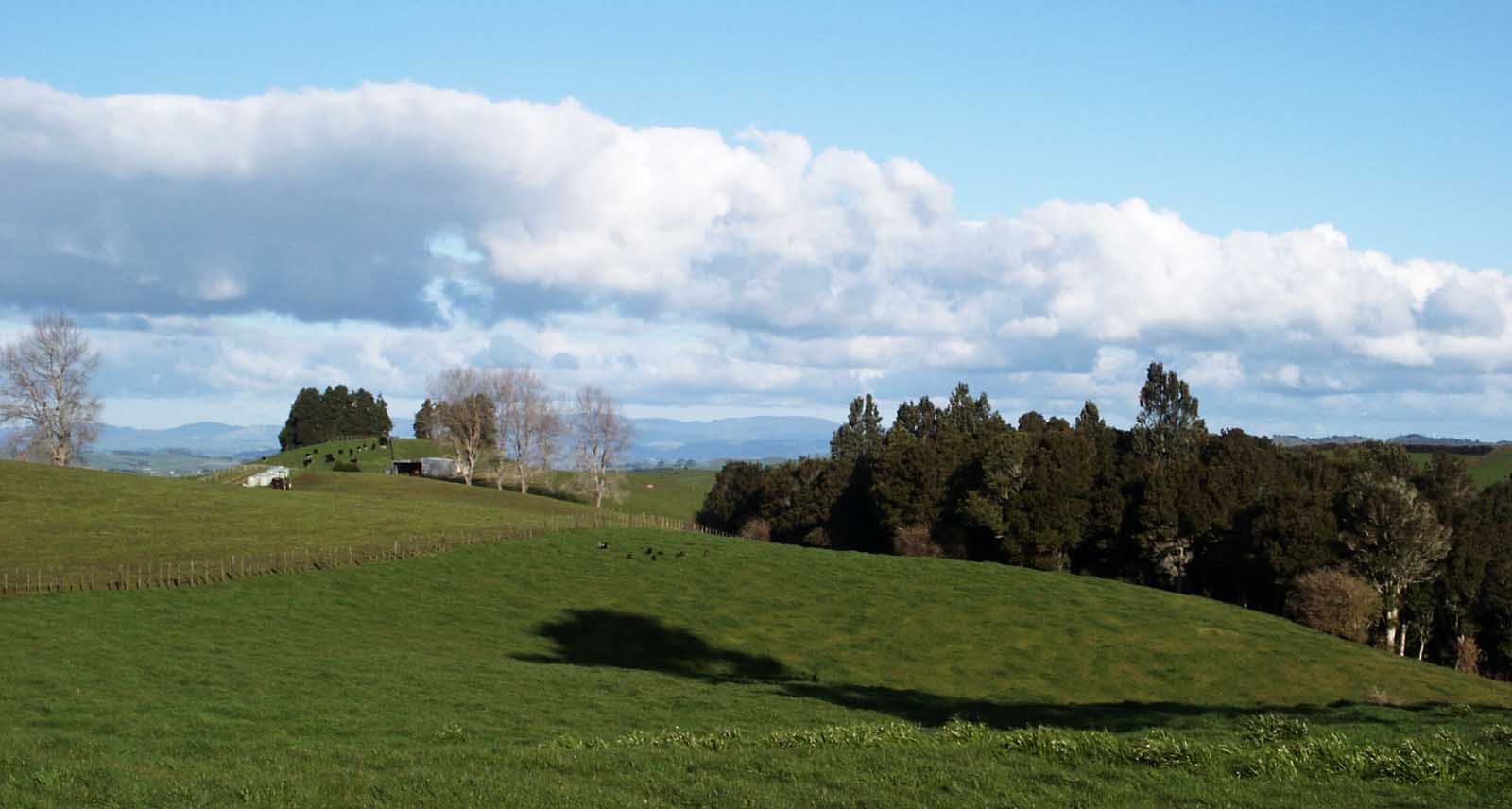
October 2002.
I hated to see the land so beat up, but topsoil was carefully put to one side and then replaced around the house once it had been built.
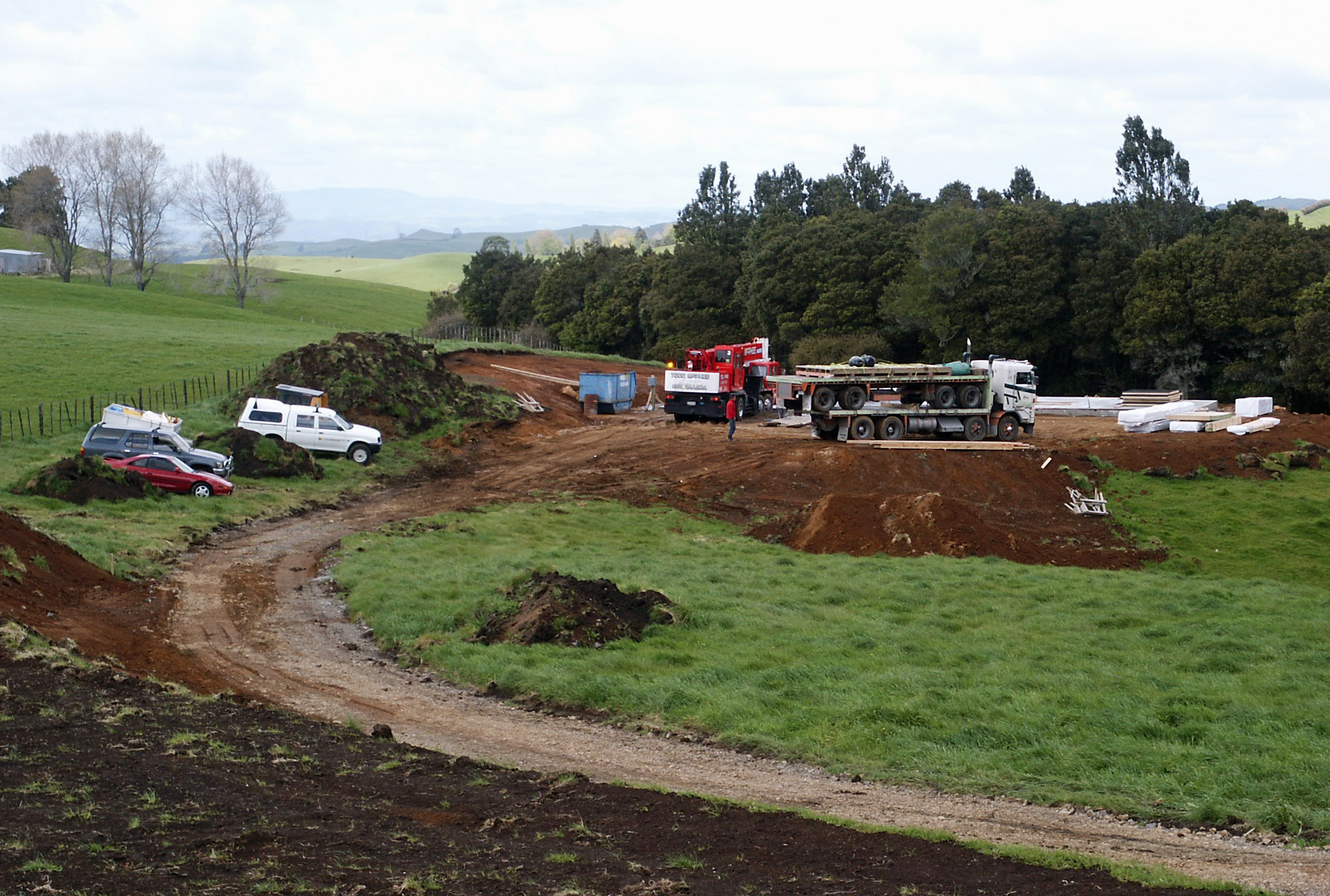
New Zealanders may have a reputation for being relaxed, but our builders weren’t wasting any time – they moved at break neck speed while we selected interior fittings – the question was… could we keep up?
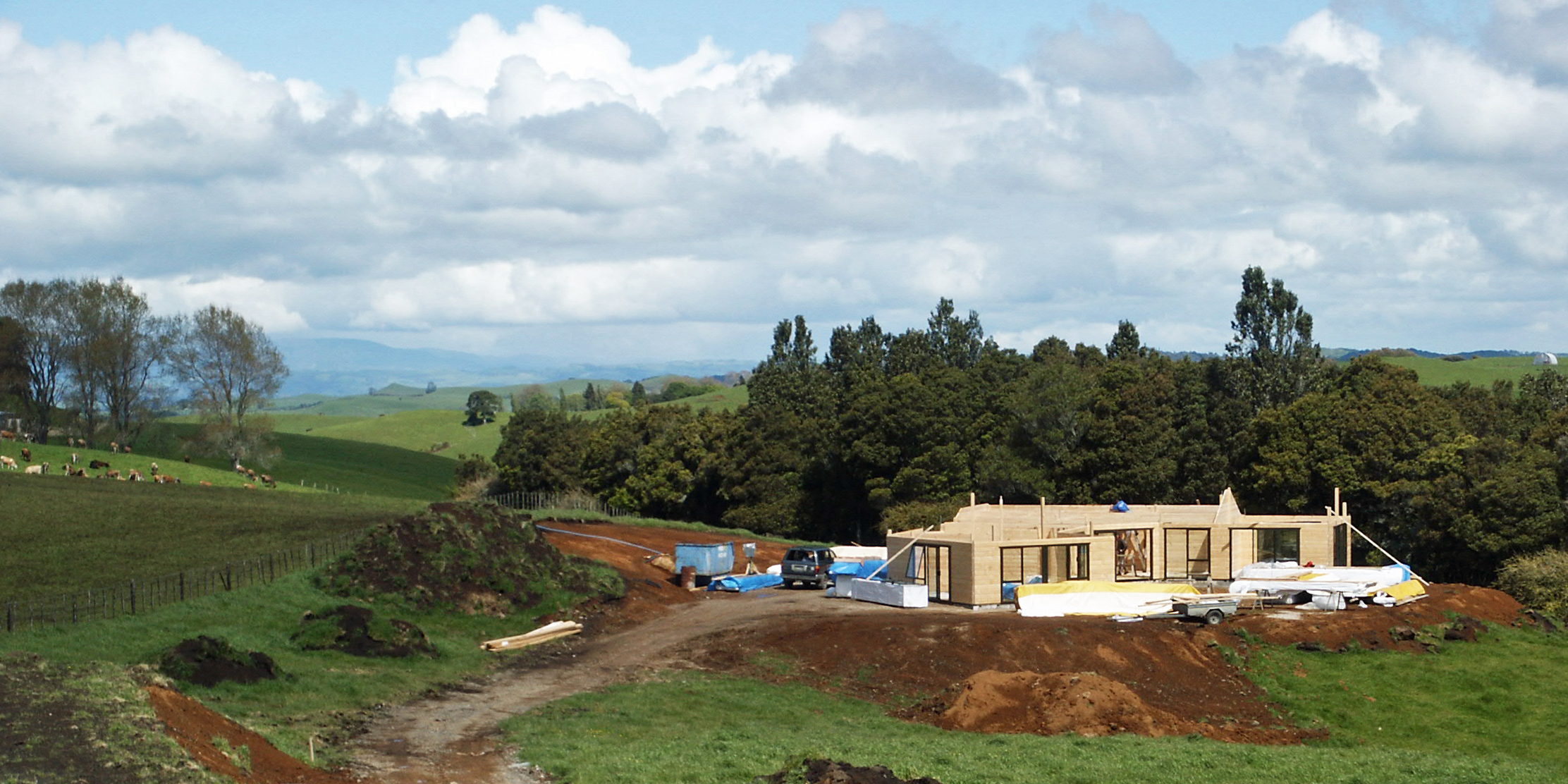
While the builders kept busy, I filled in age old sheep scrapes, then a gully bottom that had been washed out and finally I made a start on invasive weeds in need of clearance.
A couple of neighbours, Jim and Ron saw me struggling with intrusive barberry and without needing to be asked showed up with their chainsaws and saved me a month’s hard labour. For working favours beer is the usual currency of appreciation here.
Most neighbours are kind and helpful because New Zealanders are generous by nature. Best of all they are supportive of what I hope to do.
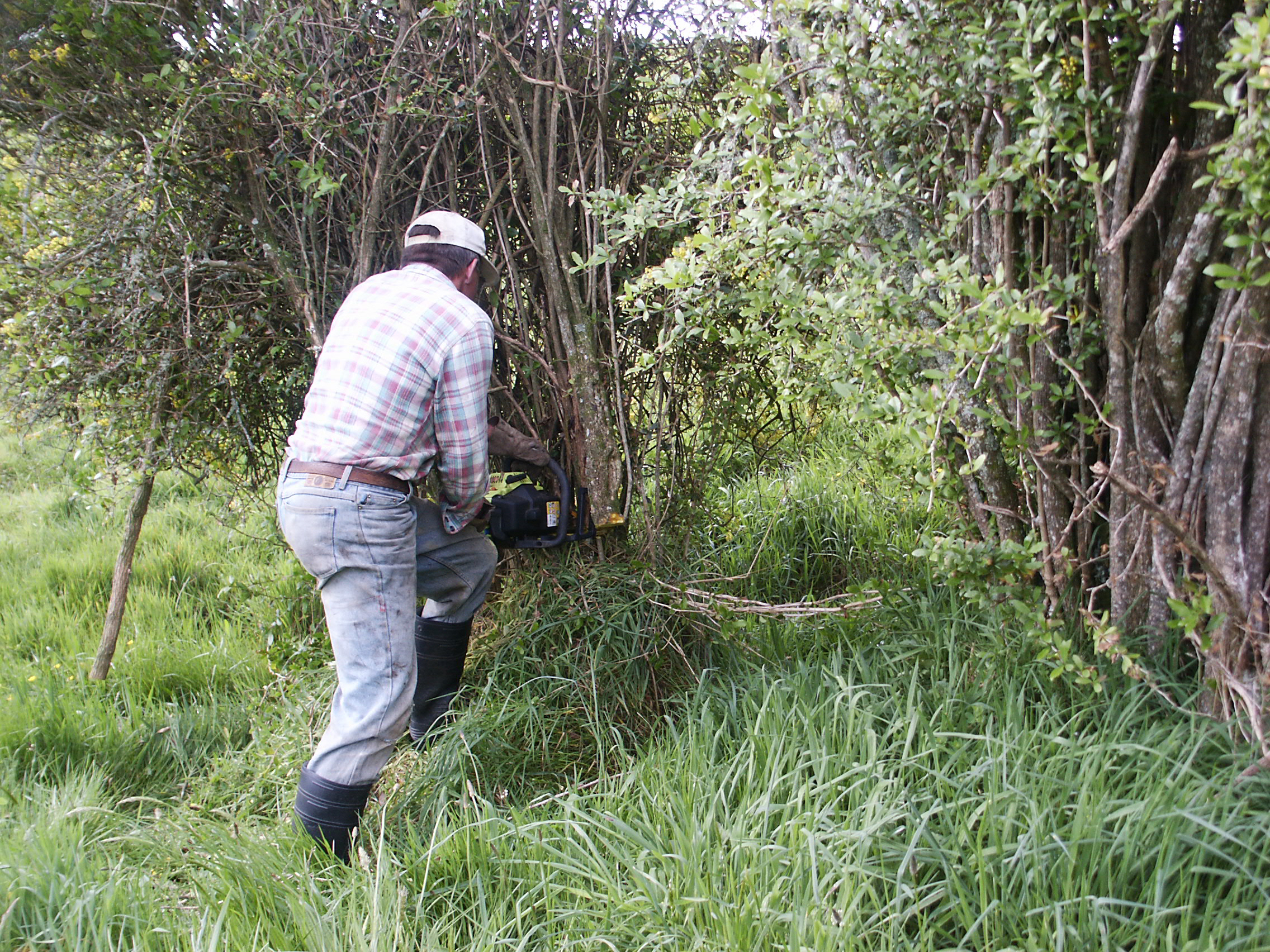
Not far behind the house I enjoyed visits the waterfall which is down in a steep gully and difficult to get to. None of our older visitors ever made it down there, and a friend who did, had a heart attack and left on a stretcher, but thankfully made a full recovery.
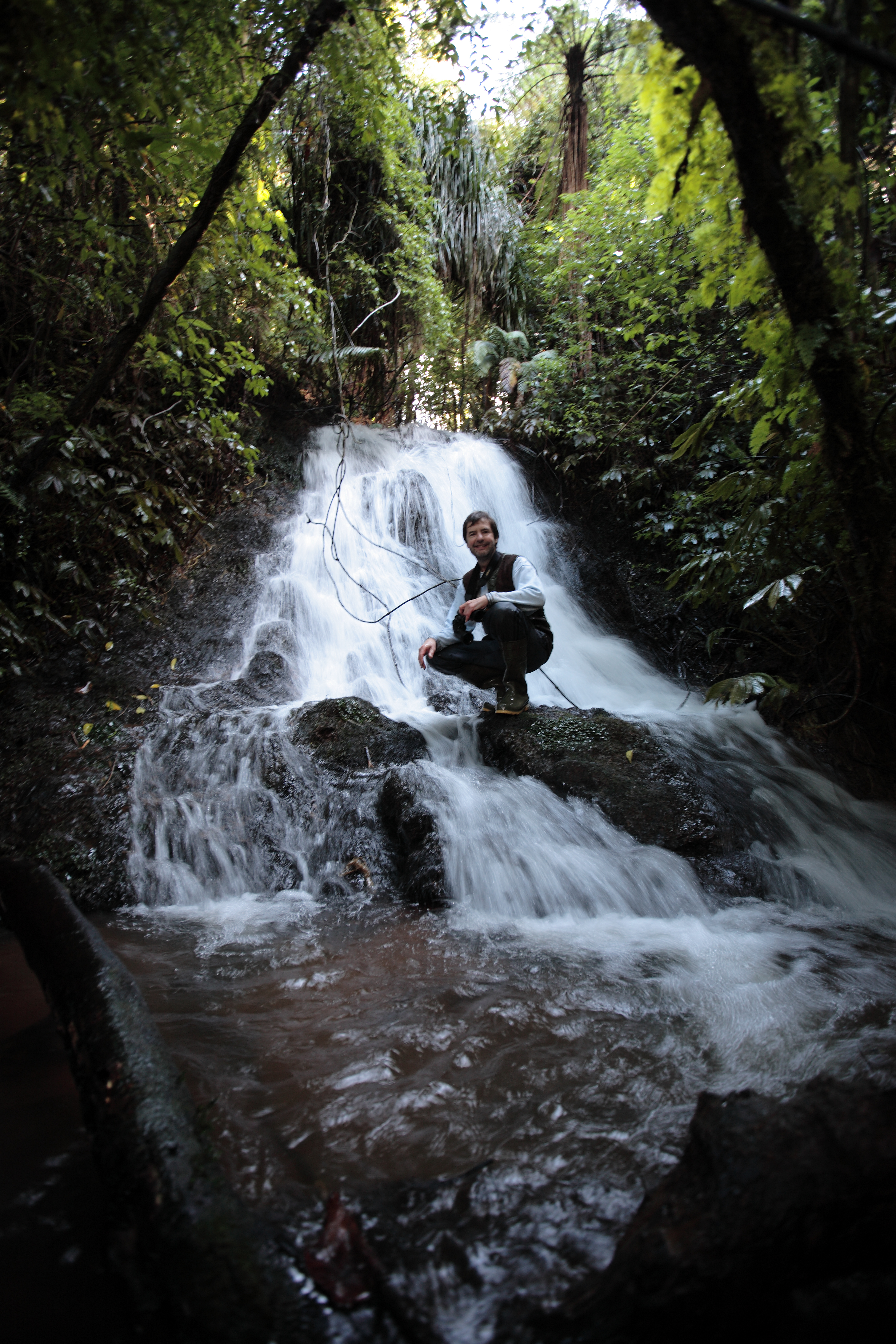
Once the house was finished my neighbour Paul moved a great deal of top soil back onto the banks using his tractor – there was certainly plenty of it and for years great piles remained along the driveway. I transported this where ever it was needed using a wheel barrow – an epic struggle but not quite as desperate as the one I was having with the weeds.
Agricultural soil is nitrogen rich and markedly changed from the natural soil found in the bush. Pasture takes time to revert, and I was now seeing more weeds from Britain than plants native to New Zealand.
The moist wet climate presents ideal growing conditions for most of the year and after struggling for two I was close to giving up. The old paddock wasn’t converting to anything like a native garden and I was beginning to think my efforts rather foolish.
The whole place was full of plants and animals that I recognised from Southern England, gorse, bramble, thrushes, blackbirds, hedgehogs, stoats… the list seemed endless, and a great deal of bush had already been eaten out by Australian possum before we arrived. A mass aerial poisoning of the area with 1080 pellets soon after we arrived was rather frightening – 1080 kills anything that eats it, but it did considerably reduce possum numbers which was a relief because they eat just about anything that leafs, fruits or flowers. Before control programmes became more stringent, possum numbers in New Zealand were estimated at around 30 million.
We began seeing flocks of silver eye passing through, small birds that evolved elsewhere in the southwest Pacific region. Silvereye are more adaptable than many truly native birds. In winter they come to the bird table and they are often seen feeding on fallen fruit. Silvereyes regularly visit New Zealand gardens and are viewed as native birds.
SILVEREYE IN AUTUMN FEEDING ON FALLEN PEARS.
Hebe was a great native to plant out on the banks – it grew well, flowered profusely and provided cover for other natives to grow through – many will not survive in an open landscape. It didn’t take long for the rabbits to find them and start chewing them up, and nothing would survive until I stated encasing plants in ugly plastic milk bottle containers.
Any new tree that was planted was quickly barked by hares or gnawed down – this they will do to anything new growing on their territory, but once a plant is finally underway both rabbits and hares will leave them alone. I shot a great many rabbits during our stay, but for sentimental reasons could never bring myself to shoot a hare. This stage of breaking through was long and depressing – a classic case of one step forward and two steps back, repeated over and over again like a ‘groundhog day’.
2003. The Battle of the Weeds.
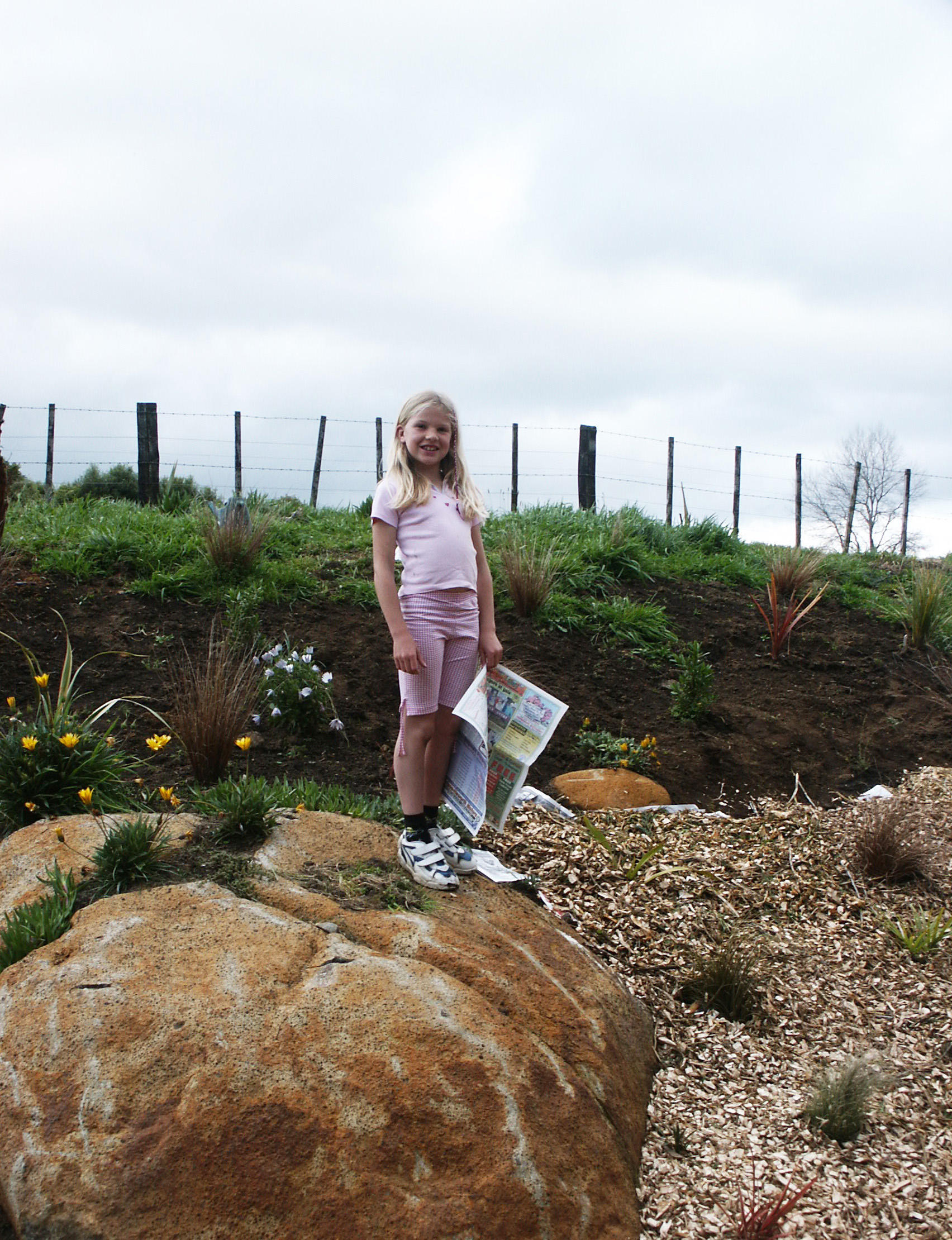
My wife Jen and I were out at weekends to any local event that had plants on sale – this reduced costs and sourcing plants from the local area made good ecological sense.
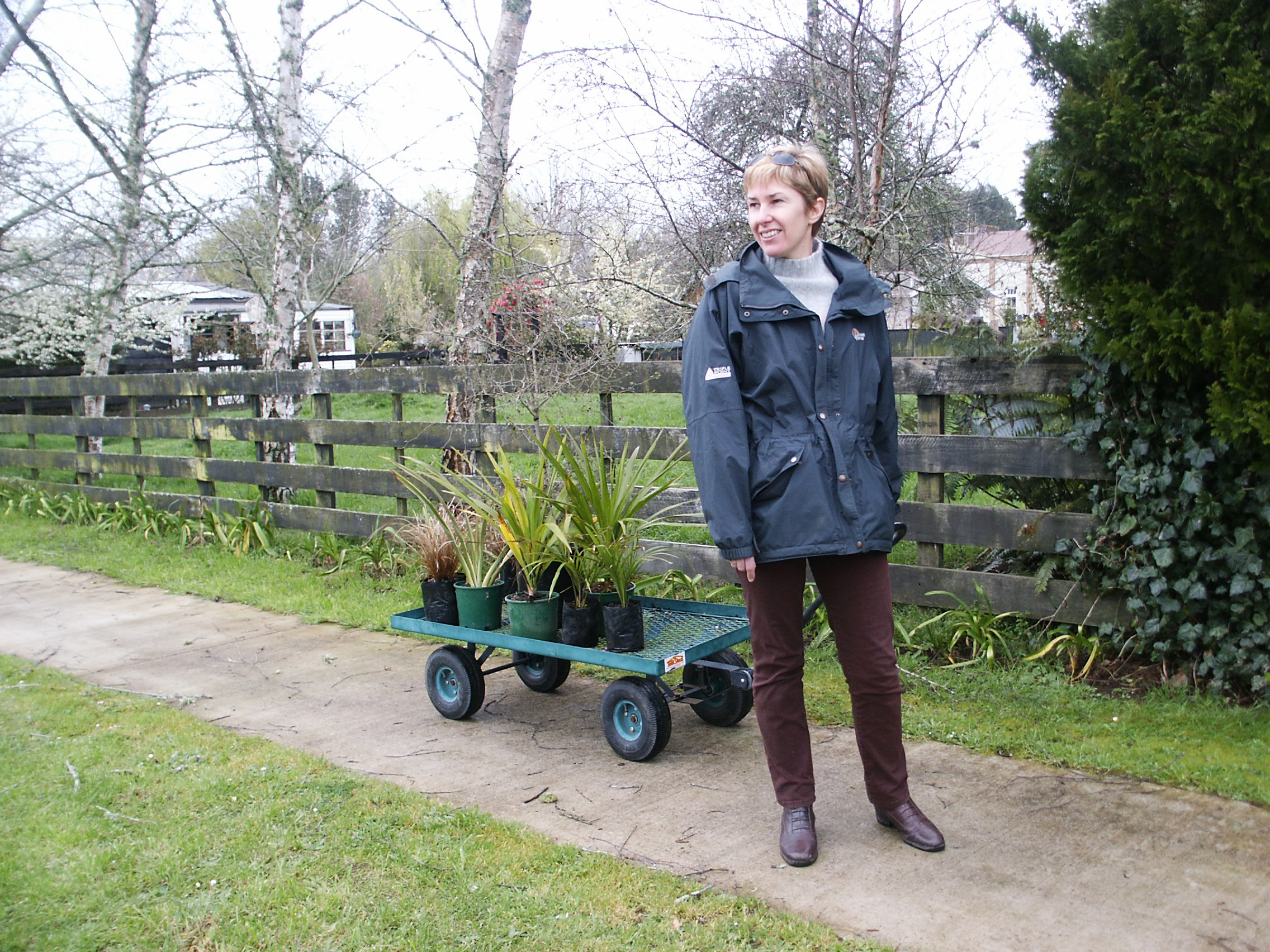
2005. At last… stuff starts to grow!
The intention was to cover the banks as quickly as possible by planting native grasses – this worked well, as the larger natives really did grow through the cover.
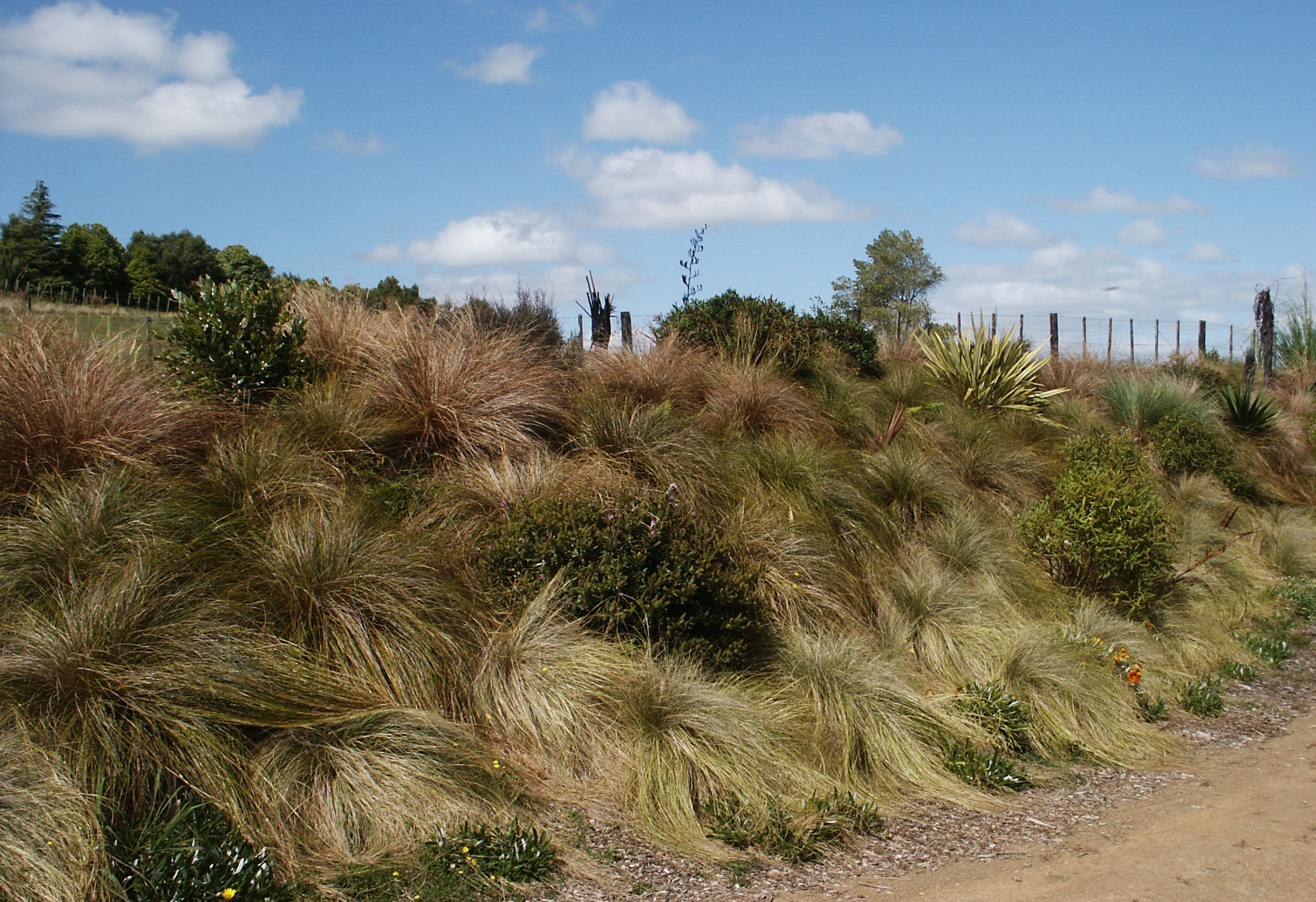
There are a few non-native South African daisies as Jen got bored with the lack of colour – native New Zealand flora can be very subtle – the daisies came from dunes along local beaches and I collected a variety of colours from different locations, but essentially I was now adding hebes and flax along with the most colourful flowering natives I could find. Limited numbers of plants with large colourful flowers might even be seen as an advantage to garden design.
It is impossible to outline every detail of the development of a large garden here, and so I’ll narrow the detail to the importance of nectar as a source of energy for insects, and most appropriately, for New Zealand’s nectar feeding birds.
There were no flaxes present when we arrived that might provide nectar rich flowers attractive to feeding tuis and bellbirds, and so I began to plant them – but it was a year before any flowered, and still no sign of the birds I was hoping to see, nor were there a great many native insects. It was clear that I was failing – the place seemed as much a desert for New Zealand wildlife as it had been three years earlier when it was all grazed pasture.
With the Spring of 2005 comes signs of of change.
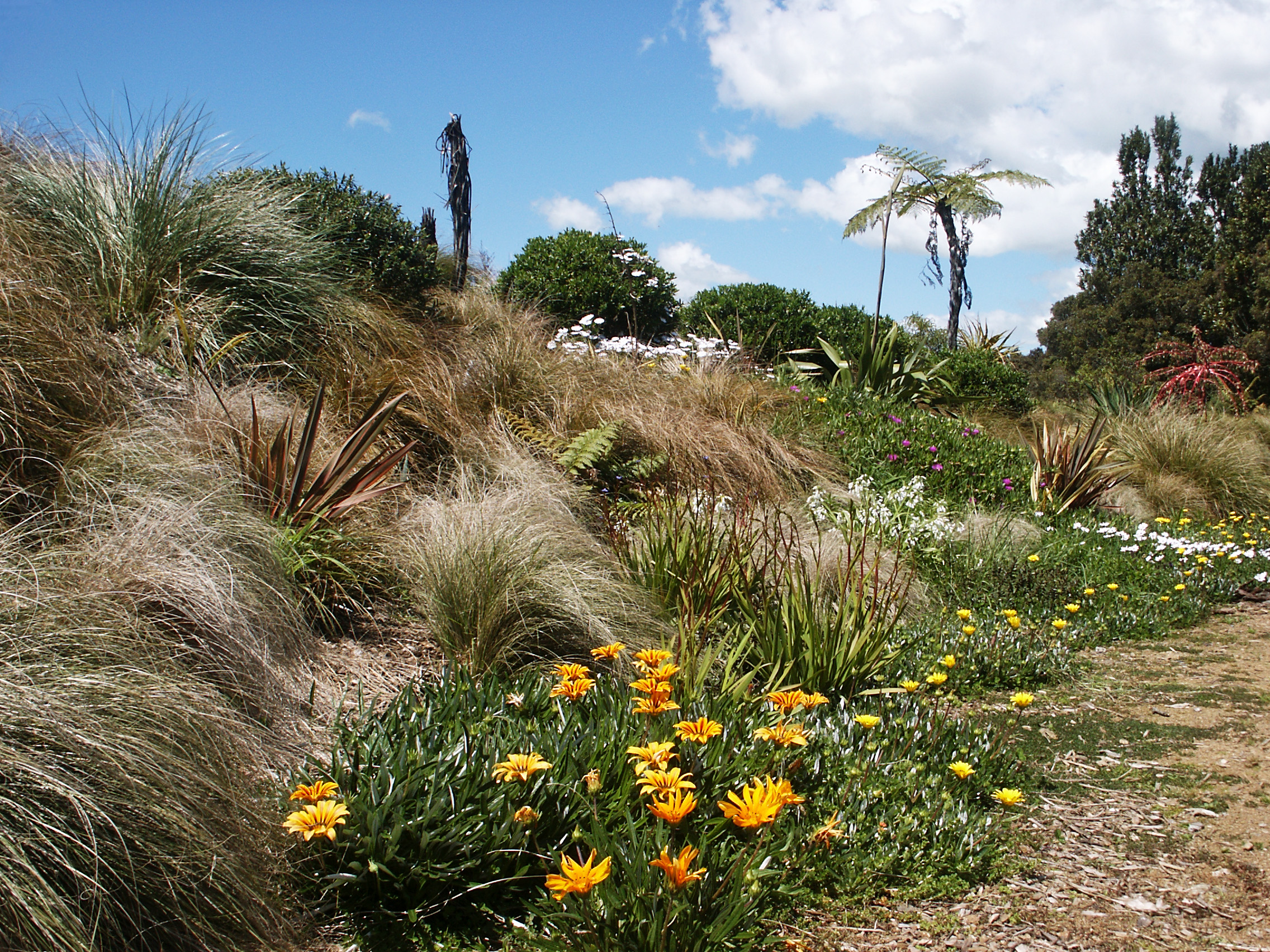
By now the flax, grasses and ferns are beginning to take a hold but there are still no native birds to speak of. Despite this I begin planting corridors down fence lines to encourage the birds to spread out… should they ever show up! The more widespread the planting, the more native wildlife the land will support. I’ve done all that I can – it is now a case of waiting for plants to flower.
That a super abundance of food will attract in nectar feeding birds is a great theory… but this is reality and I’m beginning to think it could go either way.
PART 2 To Follow.
Pictures and text ©Stephen Bolwell.
With thanks to my family and neighbours.
A new Zealand Odyssey may be viewed in 11 parts of approximately 5 minutes each. Parts One to Five below. For Parts Six to Eleven please see, ‘So Long New Zealand and Thanks for All the Sheep’. Part 2.
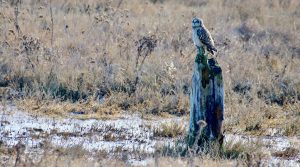
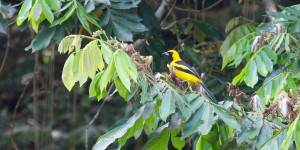
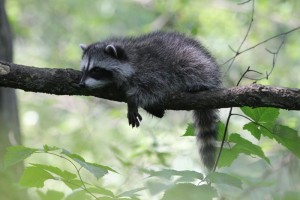
This was a brilliant watch Stephen. Thank you!
Have you moved back to England now?
Thanks Greg. I’m living in British Columbia now.
Oh wow. I live in the waikato close to where you were in NZ. Have been inspired by your series. Is there an email address i can reach you on? If you are happy to answer a couple of questions.
Thank you. I must admit that as the Waikato is rather busy with pasture, the mountain was the only place I wanted to live. I fully understand that a lot of people love N.Z., but many don’t appreciate that is shouldn’t look like Wiltshire in the U.K. I hope that people like you will push to return it to being more natural. Obviously, there are pest problem, but the real concern is that there are not enough mature native trees to feed many of the bird species. On reserves you often see artificial feeding and the birds doing very well in quite poor habitats. The N.Z. species that remain are not weedy hopeless cases – it is a surprise how well they can do with so little if they are given a chance, but extensive farmland everywhere is not even half a chance really and that’s essentially the Waikato and quite a lot of other places in N.Z..